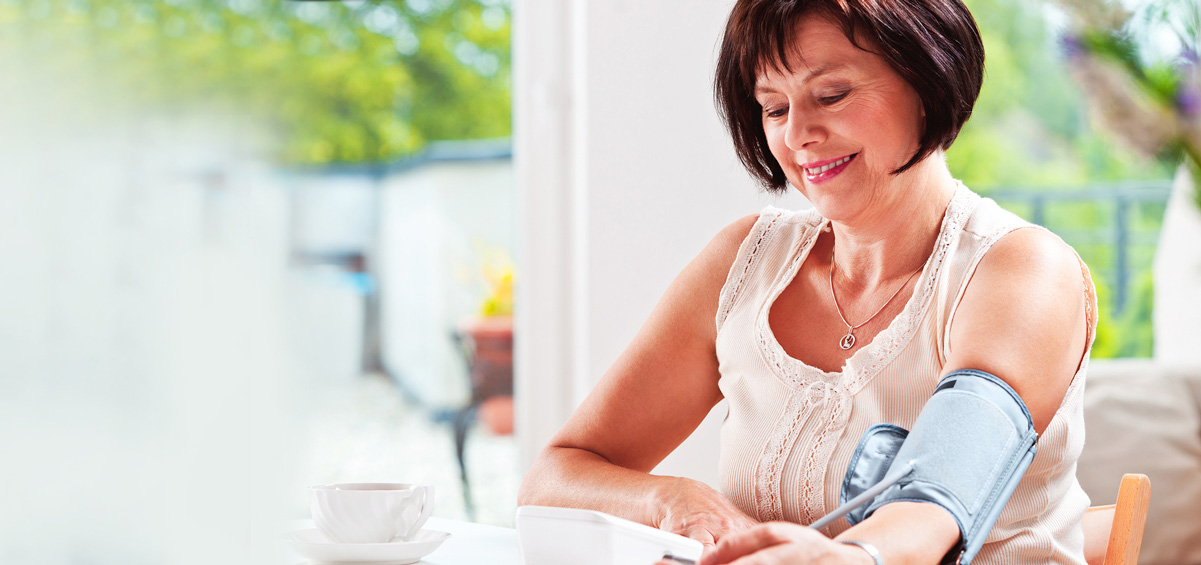6 August 2021
Telstra Health’s App helps travellers in quarantine manage and monitor their own health

Telstra Health, Telstra and the Tasmanian Government have partnered to achieve successful virtual monitoring of international travellers’ health symptoms and vital signs while they are in mandatory quarantine.
The Tasmanian Government’s Department of Health and Telehealth team wished to manage guests at hotel quarantine sites in Tasmania using a range of Telstra Health’s virtual health monitoring devices to digitally monitor and record their health status. As well as creating efficiencies, this approach significantly reduces the opportunity for transmission of COVID-19 clinical staff, hotel employees and other guests in quarantine.
For the duration of their 14-day stay, guests have been asked to perform daily health checks of temperature, pulse and oxygen saturations (SPO2) using TGA-approved devices. Information from the devices uploads via Bluetooth to Telstra Health’s MyCareManager app, which securely stores the data in a hosted monitoring platform. In this instance, Tasmanian Health Service elected to also provide pre-paired mobile devices in order to avoid unnecessary technical support requirements for quarantined guests.
The MyCareManager dashboards enable clinicians to review observation trends, variations, alerts, and overall participation by guests with the virtual care devices. The clinical care team can then actively engage with those guests whose data might indicate a trend or change requiring further action, or who have yet to complete their observations. Leveraging the secure video conferencing functionality for follow up and mental health support is considered valuable for guests who require additional care.
Successful delivery within short time frames
The Virtual Monitoring project for managing isolation guests was needed at very short notice following a request by the Federal Government to support increased volume of returning travellers, including seasonal workers. Diane Campbell, Business Development Manager, Telstra Health Hospitals Division, said, “The entire project was delivered in record time from the initial enquiry to standing up a fully functioning, contracted, solution capable of supporting up to 350 concurrent guests. The project teams across Tasmanian Health Service, Telstra Health and Telstra worked extremely hard and effectively, to collectively achieve the requirements within the requested time frames.”
Stephen Ayre, Executive Director Medical Services at Royal Hobart Hospital Tasmania, said, “Initially the Federal Government asked us to move quickly and get the system up and running within 10 days to help reduce the risks associated and spread of COVID-19 from overseas travellers arriving in Tasmania and isolating within our hotel quarantine system.
“Our health teams have been subjected to high pressure, labour-intensive environments, and I have been impressed at how quickly Telstra Health was able to deliver its virtual health monitoring solution to overseas and repatriated travellers.
“Empowering travellers to Australia with the ability to monitor their own health vitals and submit these to the MyCareManager app has eased the burden on our health teams while working in such difficult and high-risk environments.”
Well adopted Virtual Monitoring Platform
Telstra Health’s Virtual Health platform and Bluetooth devices allow guests isolating in Tasmania’s hotel quarantine system to take an active role in monitoring and reporting their own health data. All guests are monitoring their SPO2 and temperature, however there is capability for also remotely monitoring blood pressure, weight, and glucose levels if required.
Both health teams and guests have reported ease of use and accuracy of the MyCareManager app and associated devices, which has been demonstrated through very positive feedback. Survey results from 150 seasonal workers who arrived in Hobart show that of the 82% (123 guests) that completed the survey, 99% either agreed or strongly agreed that the devices were easy to use. 100% stated they were able to communicate freely with health staff using the video functionality on the Bluetooth-enabled mobile device supplied to them, and 98% confirmed it was easy to take their temperature and pulse oximetry vitals. A survey of the second cohort of guests also demonstrates similar results.
Additionally, 100% of the seasonal workers who completed the survey acknowledged they felt comfortable that their privacy and confidentiality were respected and protected during video consultations, and with the health assessment that was undertaken using the video functionality.
Kim Ford, Assistant Director of Nursing, Telehealth Tasmania and President of the Australian Telehealth Society, said, “We are consistently achieving a daily health check compliance rate exceeding 90% for cohorts up to 150 guests. This means the onsite clinical teams are receiving regular health observations from guests, enabling them to manage alerts and provide care appropriately.”
Clinicians are closely monitoring the health of every participating guest by reviewing uploaded data and holding frequent video calls with guests. Furthermore, if the information a guest submits to the MyCareManager app shows their health is deteriorating, clinicians are alerted and can then take pre-emptive action by following up with the guest through a secure video call which connects directly to the guest’s compatible mobile device, even when the mobile device is in deep sleep mode.
Normalising Virtual Care
Dr Ayre advised, “We are finding that our telehealth teams have really enthusiastically adopted this programme of work, are remaining committed to the solution, and senior teams are now considering how virtual health monitoring can support them in a post-quarantine environment.”
Ms Campbell also said, “Our virtual health monitoring digital solutions are an important pillar of our virtual care platforms that are enabling people to take control of their health. Telstra Health devices are being used for a variety of purposes, from supporting guests in hotel quarantine, to allowing people with chronic conditions to monitor their health from the comfort of their home.
“The Tasmanian team have been brilliant to work with. It is really exciting to see the shift in care models, and the anticipation by both consumers and staff that virtual health is now a logical care option.”
Warren Prentice, CIO of Tasmanian Health, summed up the programme by saying, “We’re delighted. It’s doing everything we need it to, and our staff are very happy”.
